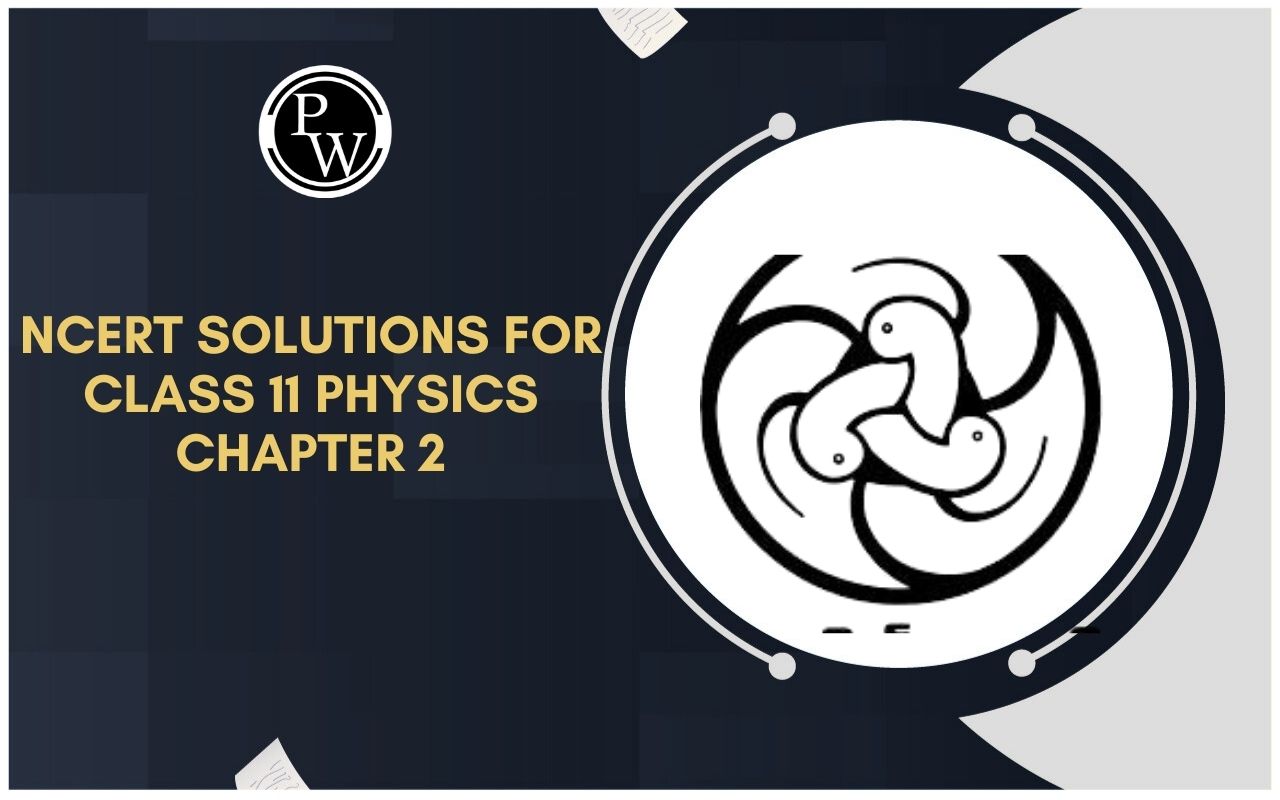
CO-Ordination Chemistry
Coordination Compound of Class 12
When solutions of two or more salts are mixed in stoichiometric proportions followed by crystallization, new compounds, called molecular or addition compounds are formed. e.g.
KCl + MgCl 2 + 6H 2 O → KCl.MgCl 2 .6H 2 O
Carnallite
K 2 SO 4 + Al 2 (SO 4 ) 3 + 24H 2 O → K 2 SO 4 .Al 2 (SO 4 )3.24H 2 O
Potash Alum
Such addition or molecular compounds are broadly grouped into two categories.
(a) Double Salts: The addition compounds which are stable only in crystalline state and lose their identity in solution form are called double salts. These salts in solution form give same ions as are given by the compounds from which these were formed.
K 2 SO 4 .Al 2 (SO 4 ) 3 . 24H 2 O → 2k + (aq) +4 So 2- 4 (aq)2Al 3+ (aq)
(b) Complex Compounds or coordination compounds: The addition compounds which do not lose identity even in solution form (ie. they are stable in solid as well as solution form) are called complex compounds. These compounds do not furnish all the ions which are given by the constituent salts in solution form e.g.
2KCN + Ni(CN) 2 → K 2 [Ni(CN)4] → 2k + (aq) + [Ni(CN) 4 ] 2-
The molar conductivity of such a solution would correspond only to three ions in the solution (molar conductivity of a solution is directly proportional to be number of ions present in the solution).
In above example, the addition compound (of KCN and Ni(CN)2) does not give Ni 2+ and CN− ions in aqueous solution.
Terms Used in Coordination Compounds
(a) Central Ion, Centre of coordination. The cation or neutral metal atom to which one or more neutral molecules or anions are attached is called the centre of coordination. Since the central ion act as an acceptor and thus has to accommodate electron pairs donated by the donor atom of the ligand, it must have empty orbitals. This explains why the transition metals having empty d−orbitals, form coordination compounds very readily.
Thus in the complexes [ NI(NH 3 ) 6 ] 2+ and [Fe(CN) 6 ] 3- , Ni 2+ and Fe 3+ respectively are the central ions.
(b) Ligand. Any atom, ion or molecule which is capable of donating atleast a pair of electron to the central atom is called a coordinating group or ligand. Further in a ligand, the particular atom which actually donates the electron pair is called the donor atom. The common donor atoms are N, O, S and halogens. The ligand containing one, two or more donor atoms are known as unidentate, bidentate and multidentate ligands respectively. Examples of unidentate ligands are F−, Cl−, Br−, I−, CN−, SCN−, No - 2 , NH3, H2O, pyridine, (C 2 H 5 ) 3 N, acetone, etc. Generally, a monodenate ligand is capable of forming only one coordinate bond to the metal ion.
The common examples of bidenate ligand are ethylenediamine (NH 2 CH 2 CH 2 NH 2 , both N atoms are donor atoms), dimethylglyoxime (C 4 H 8 N 2 O 2 , both N atoms are donor atoms), oxalate ( C 2 O -2 4 , both the donor atoms are O) and glycinate ( NH 2 CH 2 CO 2 - , donor atoms are N and O). These have two donor atoms which can simultaneously coordinate with the metal atom. EDTA ((CH 3 CO 2 - )2NCH 2 CH 2 N(CH 3 CO 2 - ) 2, ethylenediaminetetraacetate) is an example of hexadentate ligand.
(c) Co−ordination number (CN). The total number of ligands attached to the central ion / atom is known as the co−ordination number of that ion/atom. Thus the co−ordination number of silver and copper ion in the complexes [ Ag(NH 3 ) 2 ] + and Cu(H 2 O) 4 ] 2+ are 2 and 4 respectively.
Some common co−ordination numbers are 2,3,4 and 6.
(d) Co−ordination sphere. The central metal atom and the ligands directly attached to it are collectively termed as the co−ordination sphere. Co−ordination sphere is written inside the square bracket, for example, .[Co(NH 3 ) 6 ] 3+ Remember that the central metal atom and the ligands inside the square bracket behave as a single entity.
(e) Oxidation number. It is a number (numerical value) which represents the electric charge on the central metal atom of a complex ion. For example, the oxidation number of Fe, Co and Ni in [Fe(CN) 6 ] 4 - , [Co(NH 3 ) 6 ] 3+ and [Ni(CO) 4 ] is +2, +3 and zero respectively.
The charge carried by a complex ion is the algebraic sum of charges carried by the central ion and the ligands coordinated to it.
(f) Complex Ion or Complex species:
It is an electrically charged or even a neutral species, which is formed by the combination of simple cations and anions or sometimes neutral molecules, which does not show all the properties of those constituent ions or neutral molecules e.g.
[Ni(CN)
4
]
2-
.









